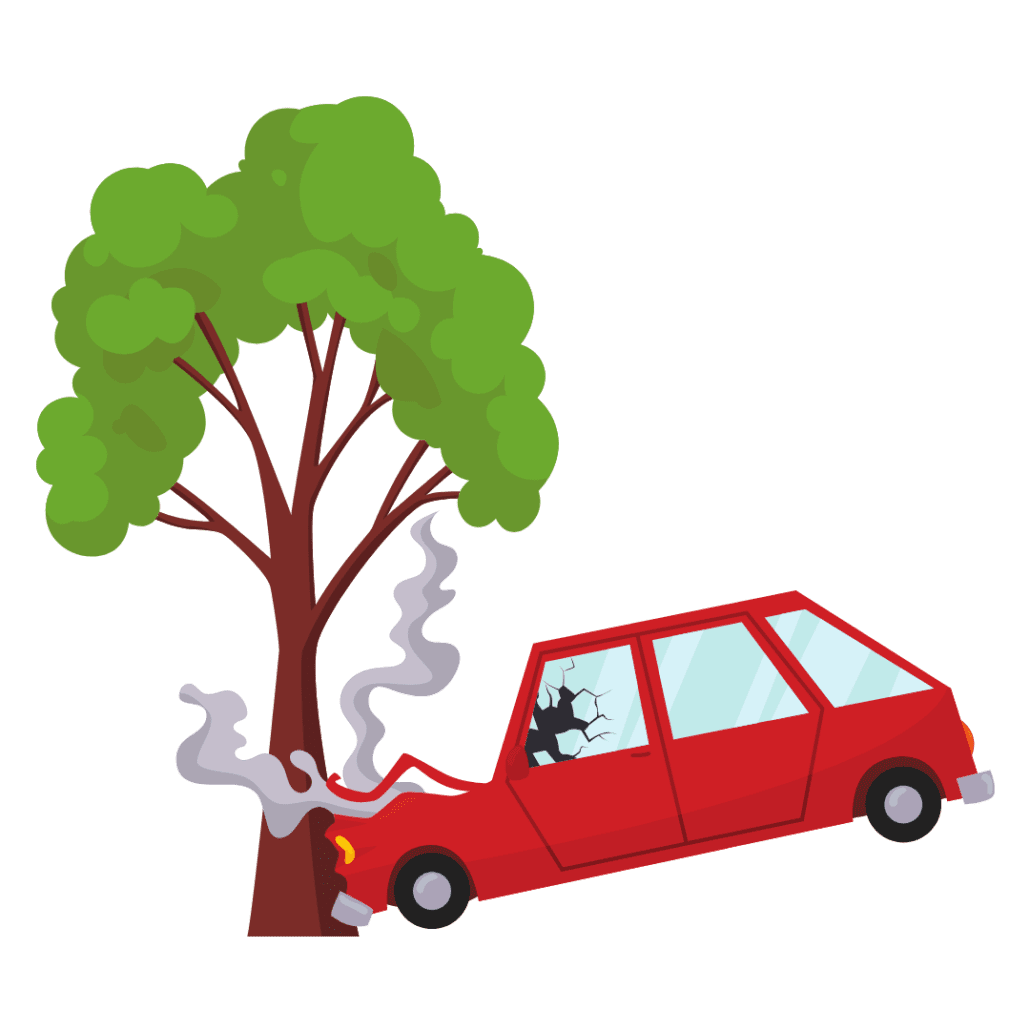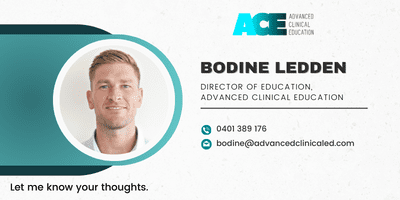Who is the better driver?
Do you feel more anxious when someone else is in control? Are you more worried or less confident? Are you more tense as a passenger? Does your emotion or behaviour influence the driver and make them more tense? Or perhaps you feel more nervous in the driver’s seat and prefer someone else to take control? These factors will likely be heightened for several reasons, especially if you have had a bad experience in the past or if there is a lack of trust within yourself or others.
When I am a passenger, I feel every bump and sudden stop more than I do when I am driving. I am extremely alert and vigilant, just like when I am driving, but I question in my head, did they see that car turning, the light change, the person crossing the road, are they going to stop in time etc.

Pain can be a bit like being in the passenger seat, you might feel like you have no control, minor speed bumps are really irritating, or sudden stops are particularly frightening, being too close to the car in front is bothersome. In clinical practice some patients lose confidence in their own abilities and trust in their bodies from injuries or painful experience and become reliant on passive treatment. If they don’t have the knowledge or skills to drive the car, being in the passenger seat with a no control can be an uncertain environment.
Some people in chronic pain have found their safety zone in the passenger seat…
Consider pain rehabilitation like putting the patient in the driver’s seat, this allows them to learn how to take control under your guidance. It can be difficult and scary at the start. They may need us as the clinician in the passenger seat for support, confidence, reassurance and direction. This is important in the early stages, but relying on this in the long-term would be unhelpful if it was required everywhere they go. Putting the patient in the driver’s seat will allow them to build the necessary skills and confidence to self-manage their own pain on not rely on passive interventions.
If you have an accident, it may impair your confidence to drive again. It might feel safer to drive with a passenger or to be a passenger for a while, but this is not a long-term solution.

Pain and injury rehabilitation is a bit like learning to drive a car… Passive treatment is like sitting in the back seat of a car. Sit back and relax and you will get to where you want to go but you won’t learn how to get to the destination or learn how to drive the car. The next step is passive and active treatment, this is like sitting in the passenger seat collaborating with driver (clinician). You might work together to figure out the best route, provide directions, or the driver (clinician) might be teaching you how to drive the car. The next step is active-assisted where the passenger (patient) is now in the driver’s seat and the driver (clinician) moves to the passenger seat and is guiding the patient with directions and providing some tips on how to drive.
The final step is active un-assisted, this is where the patient can drive on their own and direct themselves to the destination.
Driving can be dangerous, so it is reasonable to be cautious when driving, but it is something that can be done safely. Accidents can happen, in the same way that injuries can occur in sport, work and everyday life. If we went out every day thinking something bad was going to happen or being fearful of having another injury we wouldn’t go anywhere, and you can imagine how that may impact quality of life and independence.
Furthermore, if someone is telling you that you are a bad driver or you shouldn’t drive in the city, avoid driving certain routes or to be extra careful because you might have an accident again. How will this make you feel? Tense, worried avoidant, more likely to make a mistake? This is just like pathologizing structural asymmetries, muscle weakness and certain movements or activities.
Pain and injury rehabilitation can be hard… but starting slowly and building trust is important.
Let me give you another example…
Recently I hired a scooter in Bali, (I have ridden in the past, but I am certainly not an experienced rider, and as I get older, I am far more aware of the dangers and consequences involved). My first ride I was tense, I accelerated strongly, turned sharp, and stopped more abruptly. I had the added concern of my partner on the back and her safety. I could feel how nervous and tense she was (partly due to her nails digging into my shoulders like a panther) And maybe she didn’t trust my scooter riding abilities, other people on the road or had a bad scooter experience in the past, either way, this added to my level of stress. When we arrived at the destination, I thought… That was a bit sketchy, but not so bad. The next time was easier, I was more relaxed, and it was a much smoother ride. (And there was less blood drawn from my shoulders.)
Think of pain rehabilitation like this. Being overly tense, guarded and rigid in our movement is common when there is a lack of confidence in our body, abilities or the expectation of danger. The first time we move or engage in an exercise or rehabilitation plan might be bit tough, but the more you learn to relax, move with confidence, and trust your body the easier the journey will be.
Put your patient back in the driver’s seat.


